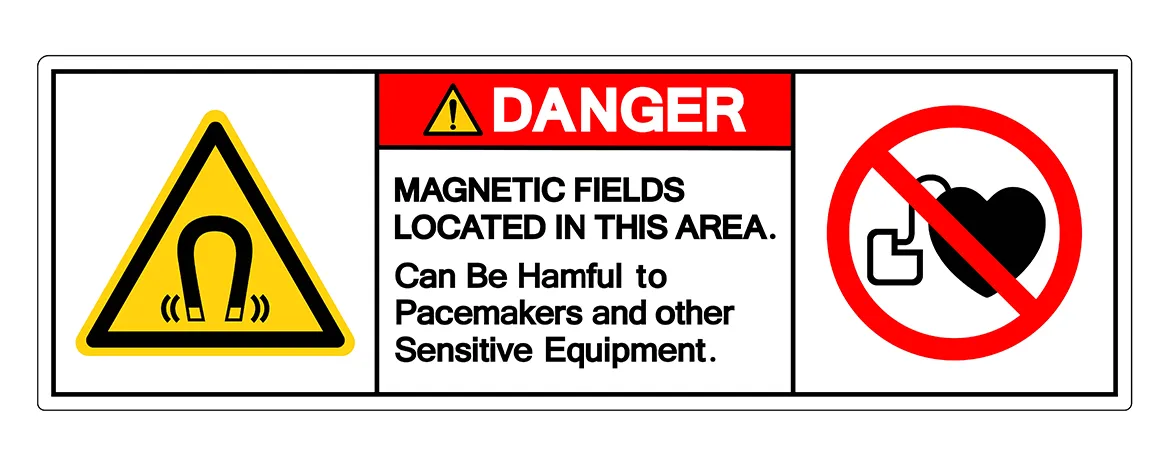The Concept Behind Assisted Hatching in IVF

For couples undergoing In Vitro Fertilization (IVF), one advanced technique that has gained prominence is Assisted Hatching (AH). While still a subject of ongoing scientific scrutiny, AH has shown promise in certain cases to enhance the likelihood of pregnancy. But what exactly is Assisted Hatching, and how does it interplay with natural conception?
Understanding Natural Conception
In the natural sequence of conception, fertilization occurs when a sperm successfully merges with an egg. At this juncture, the outer layer of the fertilized egg, known as the zona pellucida, undergoes a process of thickening. This biochemical change effectively prevents any more sperm from entering, thus safeguarding the embryo's genetic integrity. Following this, the embryo embarks on a journey toward the uterus, shedding its outer layer to implant itself into the uterine wall around days 6–7 post-fertilization. This step is crucial; if implantation does not occur, the opportunity for pregnancy is lost.
The Role of Assisted Hatching
Assisted Hatching is essentially a laboratory intervention aimed at mimicking this natural 'hatching' by artificially thinning or perforating the zona pellucida before the embryo is transferred back into the uterus. The hypothesis is straightforward: facilitate the hatching process and possibly improve the odds of successful implantation and, subsequently, pregnancy.

Techniques Employed in Assisted Hatching
The precise methodology for Assisted Hatching can vary, but it commonly involves the following:
- Acidic Solutions: A diluted acid solution is used to soften the outer layer of the embryo.
- Laser-Assisted Hatching: Utilizes a laser to create a small opening in the zona pellucida.
- Mechanical Methods: A microscopic needle, often termed as a 'microtool,' is used to make a small breach in the outer layer.
Each of these methods necessitates meticulous execution by a skilled embryologist and typically occurs on the third day of in-vitro embryo development. Following the procedure, antibiotics are usually administered as a precautionary measure against potential infections.
What Does Evidence-Based Medicine Say?
The scientific community has yet to reach a unanimous conclusion regarding the efficacy of Assisted Hatching. However, certain peer-reviewed studies provide insights worth noting:
- Martins et al., 2011, Human Reproduction Update: This meta-analysis incorporated 28 studies and concluded that Assisted Hatching significantly aided women with multiple failed IVF cycles. It also noted an elevated risk of multiple births for women who underwent the procedure1.
- Das et al., 2009, Cochrane Database Review: This review likewise concluded that Assisted Hatching contributed to higher pregnancy rates, especially in clinics with lower initial success rates2. Position from Regulatory Bodies
- NICE (UK): As of December 2011, NICE recommends against Assisted Hatching, calling for further research3. American Society for Assisted Reproductive Technology: They suggest the use of AH for women aged 38 and over and for those with multiple failed IVF cycles4.
Particular Cases Where AH Might Be Beneficial
Not every IVF candidate will benefit from Assisted Hatching. Nonetheless, some groups who may find this technique advantageous include:
Women aged 39 and above using their own eggs.
Cases where embryos have a thicker than usual zona pellucida.
Women with multiple failed IVF cycles involving otherwise viable embryos.

Ethical Considerations Surrounding Assisted Hatching
As with many advanced reproductive technologies, Assisted Hatching has its share of ethical quandaries. The principal ethical concern revolves around the potential risk it poses to the embryo. While current evidence suggests minimal risk of abnormalities, the question remains: does the benefit of a slightly increased chance of implantation outweigh potential but yet unknown risks?
Moreover, Assisted Hatching also raises questions about 'designer babies' and the ethics of medical intervention in natural processes. However, most ethical guidelines currently align with using AH only in cases where the benefit is clearly understood and likely, such as in older women or those with multiple failed IVF cycles1.
Emerging Trends and Future Directions
Recent innovations are taking Assisted Hatching to new heights. For example, the advent of Time-Lapse Imaging allows embryologists to continuously monitor embryos, potentially optimizing the timing for AH. Additionally, improvements in laser technology have made the process more precise and less invasive2.
Studies are also underway to examine the long-term health of children born through IVF with AH. These could significantly contribute to the existing body of evidence-based practices in reproductive medicine.
Risks and Limitations
The most commonly cited risks associated with AH include:
- Increased Likelihood of Multiple Pregnancies: Both Martins et al. and Das et al. suggest a higher rate of twin or multiple pregnancies among women undergoing AH[^1^][^2^].
- Embryonic Damage: Though rare, the procedure poses a minimal risk of damaging the embryo if not done meticulously. Infection: As with any procedure that breaches natural barriers, there is a risk of infection, mitigated by the use of prophylactic antibiotics.
Concluding Remarks by Quality Care Global
Assisted Hatching is one of the myriad techniques in the field of reproductive medicine aimed at enhancing the success rates of IVF treatments. At Quality Care Global, we emphasize the importance of evidence-based practices and ethical considerations in reproductive medicine. While Assisted Hatching offers potential benefits for specific patient groups, the procedure is not devoid of ethical complexities and potential risks.
We strongly recommend that individuals considering Assisted Hatching engage in a thorough, evidence-based discussion with their healthcare providers. Quality Care Global remains committed to providing you with the latest, most accurate information to help you make informed decisions on your path to parenthood.
References
This wraps up our comprehensive look into Assisted Hatching in IVF treatments. For those considering this as part of their IVF journey, a detailed discussion with your healthcare provider, supported by evidence-based literature, is strongly advised.
Footnotes
Martins, W. P., Rocha, I. A., Ferriani, R. A., & Nastri, C. O. (2011). Assisted hatching of human embryos: a systematic review and meta-analysis of randomized controlled trials. Human Reproduction Update, 17(4), 438-453. ↩ Das, S., Blake, D., Farquhar, C., & Seif, M. M. (2009). Assisted hatching on assisted conception (in vitro fertilisation (IVF) and intracytoplasmic sperm injection (ICSI)). Cochrane Database of Systematic Reviews, (2). ↩ National Institute for Health and Care Excellence. Fertility problems: assessment and treatment. Clinical guideline [CG156] Published: 20 February 2013. https://www.nice.org.uk/guidance/cg156 ↩ Practice Committee of the American Society for Assisted Reproductive Technology. Assisted reproductive technology: an overview. Fertility and Sterility, 2008;90(5 Suppl):S3-12. ↩
Ethics Committee of the American Society for Reproductive Medicine. Fertility treatment when the prognosis is very poor or futile. Fertility and Sterility, 2019;112(5):830-836. ↩ Meseguer, M., Herrero, J., Tejera, A., Hilligsøe, K. M., Ramsing, N. B., & Remohí, J. (2011). The use of morphokinetics as a predictor of embryo implantation. Human Reproduction, 26(10), 2658-2671. ↩

